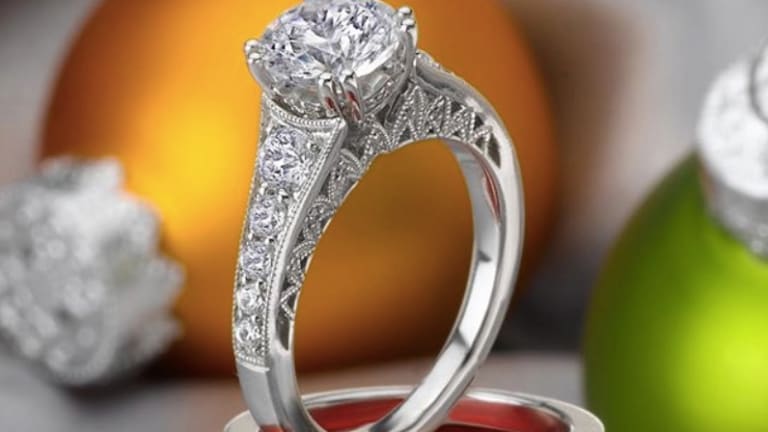Symbol of Love: Choosing the Perfect Wedding Ring for Your Forever Bond
This affordability allows more individuals to enjoy the beauty and brilliance of diamonds without breaking the bank. In terms of quality, lab-grown diamonds are on par with their natural counterparts. They exhibit the same clarity, color, and cut as natural diamonds, and they are graded using the same criteria established by gemological institutes. Whether set in an engagement ring, a pendant, or a pair of earrings, lab-grown diamonds dazzle with their scintillating fire and brilliance, making them a perfect choice for those seeking exceptional jewelry. The allure of lab-grown diamonds lies not only in their remarkable beauty but also in the values they represent. They embody innovation, sustainability, and affordability, making them a symbol of a modern and conscious lifestyle. As consumers become increasingly aware of the environmental and social impact of their choices, lab-grown diamonds provide an enticing alternative that combines luxury with responsibility.
In conclusion, lab-grown diamonds have emerged as a captivating choice for jewelry enthusiasts. With their ethical production methods, stunning beauty, and accessible price points, they offer a unique allure that is hard to resist. As the diamond industry continues to evolve, lab-grown diamonds shine brightly as a brilliant and conscious choice for those seeking to adorn themselves with you can check this out timeless elegance.Lab Diamonds Unveiled: Demystifying the Process and Quality of Man-Made Gems In recent years, the popularity of lab-grown diamonds has surged, captivating the attention of both consumers and the jewelry industry. These man-made gems, also known as lab diamonds or synthetic diamonds, have proven to be a viable alternative to their naturally occurring counterparts.
But how exactly are they created, and what sets them apart in terms of quality? Let’s delve into the fascinating world of lab-grown diamonds and demystify the process behind their production. Lab-grown diamonds are created using two main methods: High-Pressure High-Temperature (HPHT) and Chemical Vapor Deposition (CVD). The HPHT process involves placing a tiny diamond seed in a high-pressure, high-temperature environment where carbon atoms crystallize around the seed, gradually forming a diamond. On the other hand, CVD entails exposing a diamond seed to a carbon-rich gas, which causes the carbon atoms to bond and crystallize into a diamond over time. What distinguishes lab-grown diamonds from their natural counterparts is their origin. While natural diamonds are formed deep within the Earth’s mantle over millions of years, lab diamonds are created in controlled laboratory environments in a matter of weeks or months.

